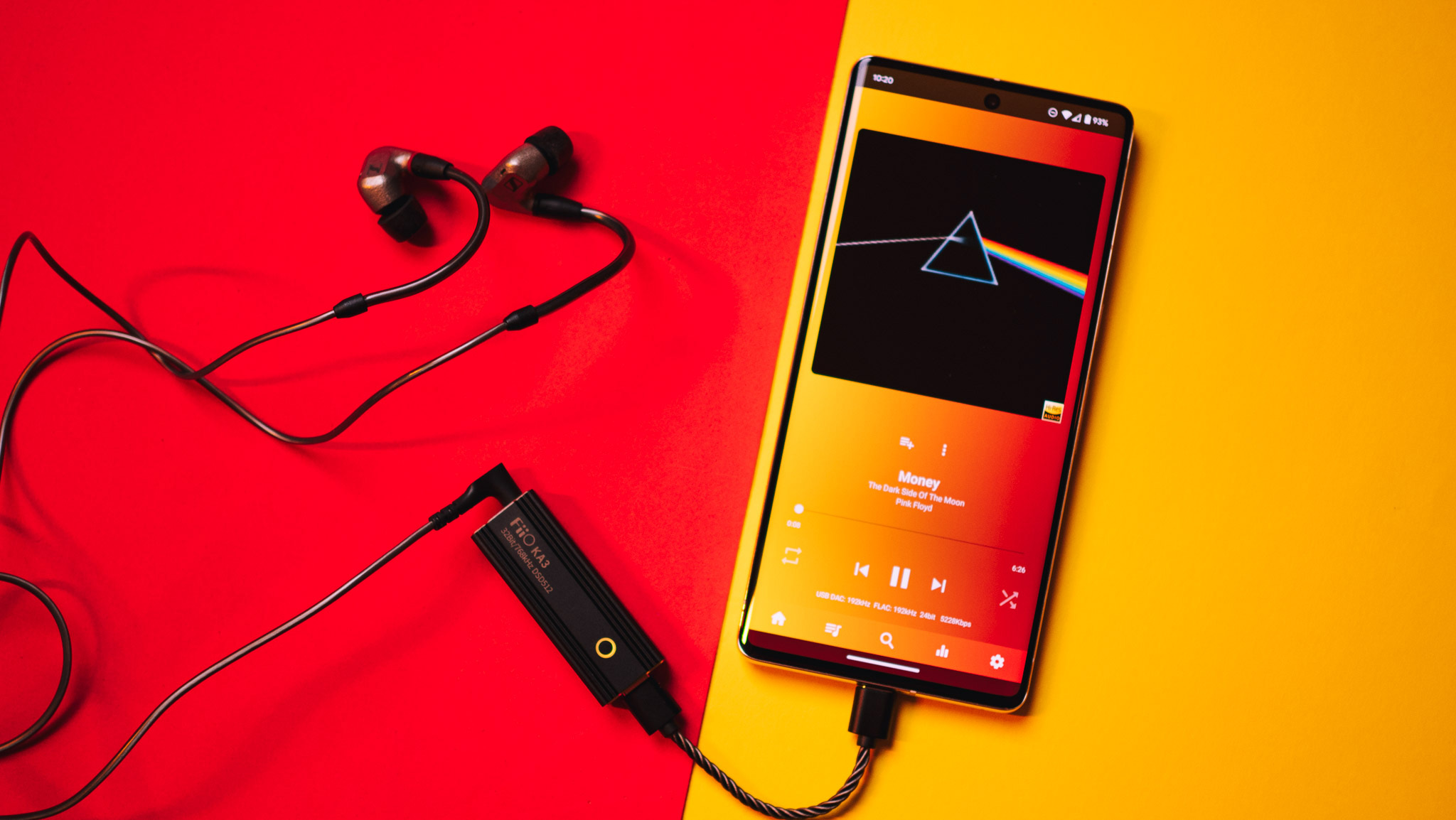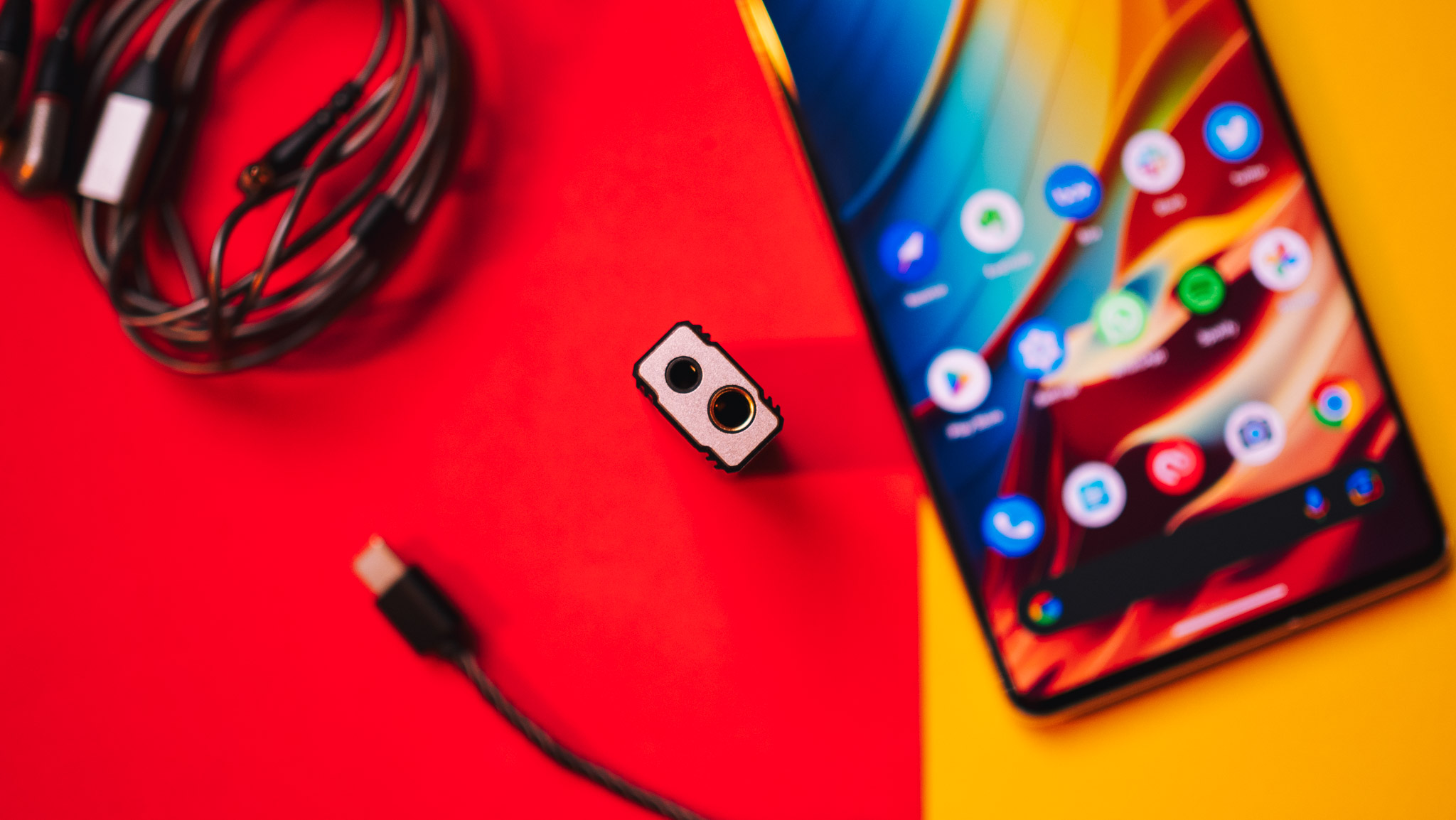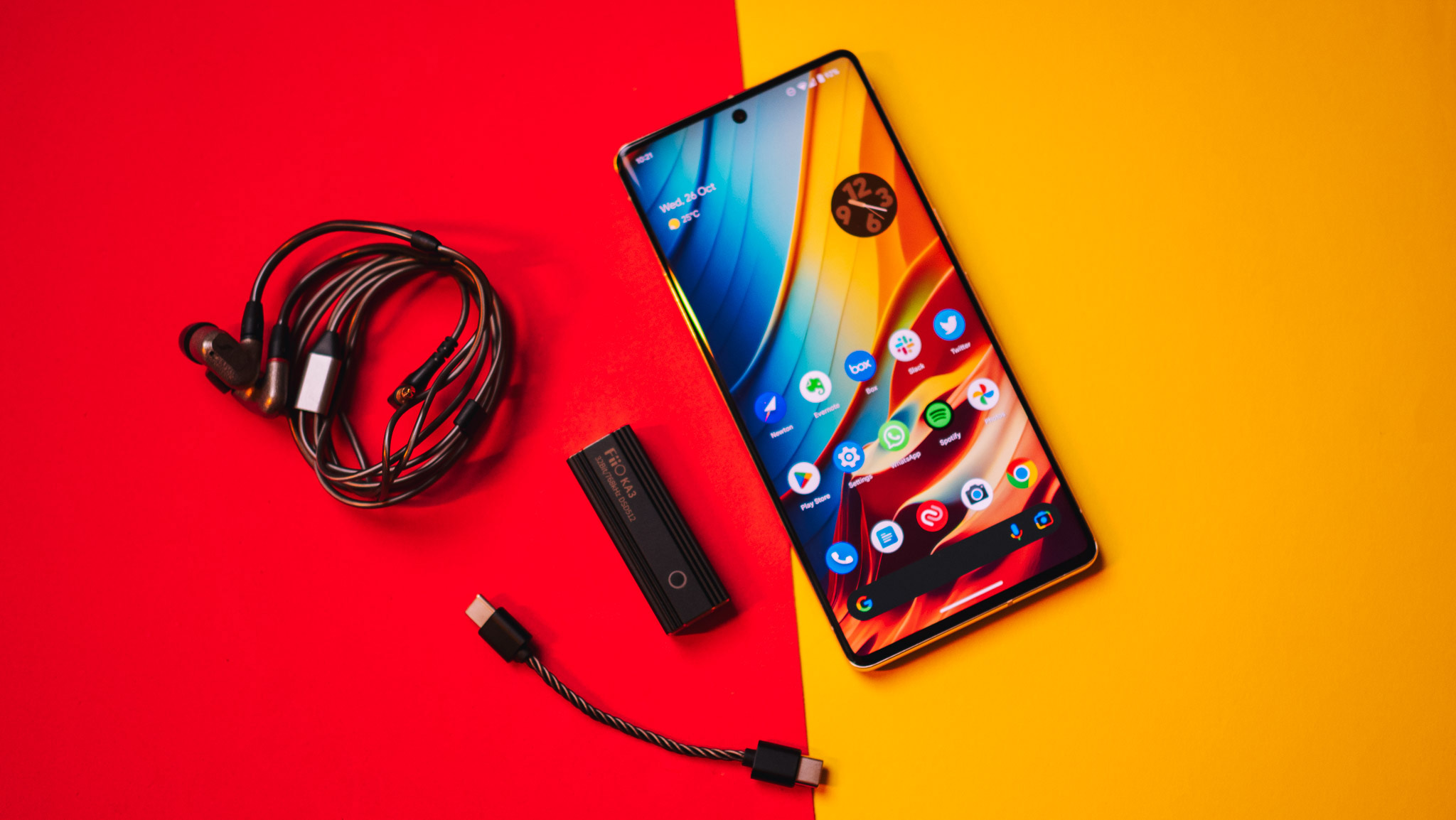Fiio KA3 is a phenomenal budget DAC that costs just $90
The KA3 is inherently portable and has a balanced 4.4mm port in addition to the 3.5mm jack.

Fiio is one of the largest Chinese audio manufacturers, and the brand is actively building out its portfolio. A huge area of focus is budget portable DACs, and Fiio has a lot to offer here — the BTR5 continues to be the standout choice for wired and Bluetooth connectivity, and the new BTR7 builds on it with balanced connectors.
But if you don't need Bluetooth connectivity and are instead looking for a portable USB-C DAC, Fiio has three great options: the $50 KA1 with a 3.5mm out, the $60 KA2 with a 4.4mm balanced connector, and the $90 KA3 with both 3.5mm and 4.4mm connectors and a removable USB-C cable. These were designed in collaboration with Fiio's Jade Audio subsidiary that's aimed at a younger audience, and that's why you'll find that branding on all three DACs in addition to the Fiio moniker.

The design of the KA3 is understated, and the all-metal chassis is coated with a matte texture, making it easy to hold and resistant to finger smudges — this is an issue on the glossy BTR5. The build quality is excellent, and there are gold accents on both ends, giving some vibrancy to the design. One end houses the USB-C port while the other side has the 3.5mm and 4.4mm connector. You'll find a USB-A to USB-C dongle in the box if you need to connect the DAC to a Windows machine.
Coming in at 56.3 x 20.2 x 12mm and weighing just 17.5g, the KA3 is as portable as DACs can get. There's a single ring LED on the front that serves as a bitrate indicator, going blue for music playback under 48kHz, yellow for over 48kHz, and green for DSD content. You can use the Fiio app to adjust a few additional settings, including a low pass filter and the ability to turn off the LED, but for the most part, this is a plug-and-play situation.

The highlight of the KA3 is the ESS ES9038Q2M chip; this is used in DACs that cost four times as much, so for Fiio to use it in a sub-$100 dongle is a big win. Considering the hardware on offer, it's not astonishing to find that the KA3 has 32-bit/768kHz PCM as well as DSD512 decoding. You won't find MQA here, but that isn't a big omission — if you use Tidal and need the feature, you should look at the $99 Helm portable DAC instead.
The KA3 has a power output of 240mW at 32ohms over the balanced port and 130mW over 3.5mm, and the low noise floor means there isn't any background hiss even with sensitive IEMs.




The KA3 has Fiio's signature sound characteristics, with a warm presentation that's well-balanced. It delivers a tight low-end with a lot of exuberance, and it is enjoyable to listen to bass-heavy tunes, particularly when paired with Fiio's FD3 IEMs. The mids are detailed and clear, and vocals come across with great tonality. The treble is controlled very well, with no sibilance.
Overall, you get a dynamic sound that works well when paired with a good set of IEMs, and having used a lot of portable DACs in recent months, I can confidently say that the KA3 is among the best — particularly for under $100. The best part is that it works well with the best Android phones or any other source without any hassle, including Windows and macOS machines.

The KA1 and KA2 are decent choices if you want an entry-level DAC that you can use with your phone, but the KA3 is the one that I like the most considering it has both 3.5mm and 4.4mm out along with the ability to remove the USB-C cable.
The build quality is outstanding for a device in this category, the versatility makes it suitable with a variety of sources, and it produces a lively sound with plenty of resolution.
In short, the Fiio KA3 is my go-to recommendation if you need a budget DAC for under $100.
Be an expert in 5 minutes
Get the latest news from Android Central, your trusted companion in the world of Android

Harish Jonnalagadda is Android Central's Senior Editor overseeing mobile coverage. In his current role, he leads the site's coverage of Chinese phone brands, networking products, and AV gear. He has been testing phones for over a decade, and has extensive experience in mobile hardware and the global semiconductor industry. Contact him on Twitter at @chunkynerd.

